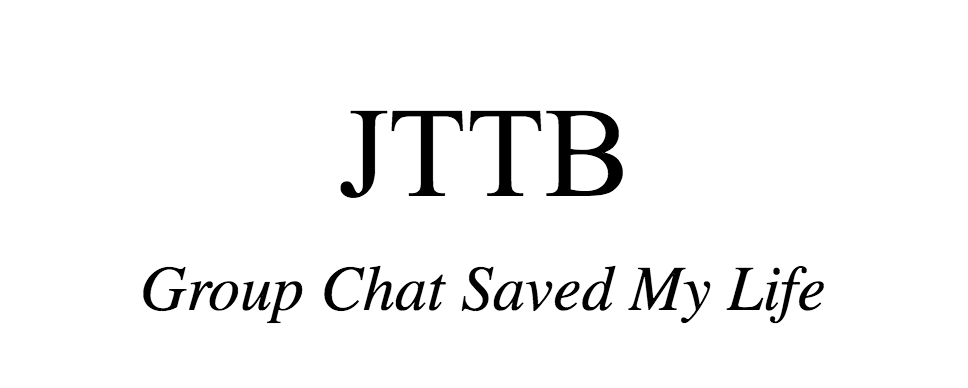Why Gorpcore?
With cold weather setting in for the next few months, choosing between comfort and style can be difficult; you may feel you need to sacrifice one for the other, depending on what nature throws at you. However, there's no need to compromise — dress in Gorpcore.
What exactly is gorpcore?
It's hard to define, but in its simplest form, gorpcore is the blanket term for outdoor wear inspired fashion. While outdoor wear is typically on the forefront of technological advancement, often times it rarely makes any significant effort to improve aesthetically, as the saying goes “form follows function.” However, fashion is of course predominantly concerned with style, so the two fields might at first appear to be fundamentally incompatible. In reality, this is not the case; clothing is certainly capable of being functional and beautiful simultaneously, as evident in gorpcore.
Gorpcore is very mix and match — borrowing and expanding on concepts from established styles such as normcore’s boxy silhouettes, sportswear’s 90s revival with new twists towards bold colors, and heritage outdoor wear pieces with a focus on casual, goofy, and carefree styling.
This fashion choice is becoming more mainstream on multiple fronts. Outdoor clothing brands like Patagonia are seeing vests adopted as ‘finance bro’ uniforms, while streetwear is slowly seeping in, with collaborations between outdoor equipment company Arc’teryx and Virgil Abloh’s luxury label Off-White. It seems everyday gorpcore is becoming more normalized and, as a result, is becoming more integrated into the mosaic of today’s fashion.
Roots in Climbing Fashion
Gorpcore’s history is cemented in climbing fashion — in each era of climbing, the fashion paralleled a rebellious movement that reflected the sport’s changing values, thus defining what gorpcore is today.
In the 1970s, climbing was establishing itself as a refuge for society’s hippie outcasts. However, even if those free spirits could afford climbing clothing, there was no market for it yet. So, preceding the creation of brands like Arc’teryx and fabrics like Gore-Tex, the climbers of the ‘70s just winged it.
Left to their own devices, the climbers’ outfits prioritized functionality over anything else, and throwing together an outfit that got the job done. They wore rugged clothing that was abrasion resistant such as rugby shirts and painters’ pants, local army surplus stores and thrift stores became their main suppliers.
The 1980s brought on a battle of climbing styles — the new sport style versus the traditional (trad) style. In the simplest terms sport climbing focuses almost entirely on physical challenges, it’s all about hard moves and indomitable power. On the other hand, trad climbing involves a mental game as well with slow, careful progression, and putting safety first. The difference in climbing style was displayed in their respective uniforms. “Sportos” wore skin-tight spandex in a wide array of colours while “tradsters” would wear more traditional rugged mountaineering gear.
In the 1990s, clothing suddenly had to be technical; it had to do something other than just sit on your body and protect you from the rocks. To look like a climber in the 90s meant rebelling against everyone else by wearing synthetic shirts and expensive North Face shells intended for only the most rugged alpine conditions.
As you can see, the styles that emerged from the early decades of climbing are distinct, however, they wouldn’t look out of place on the street today.
Looking at what gorpcore was like in the past and what it is today can help us better define what it is. Gorpcore appears modern and old school, authoritarian and rebellious, and serious, while still maintaining an element of sport and youthfulness. The style is one of the few intersections between the fields of engineering and aesthetic design, and it should be appreciated as such.




